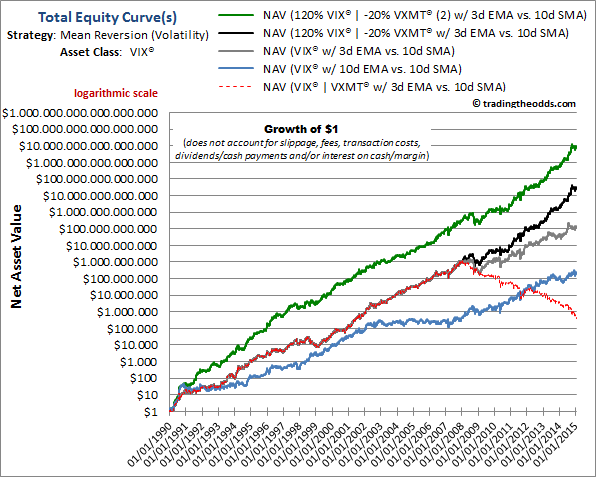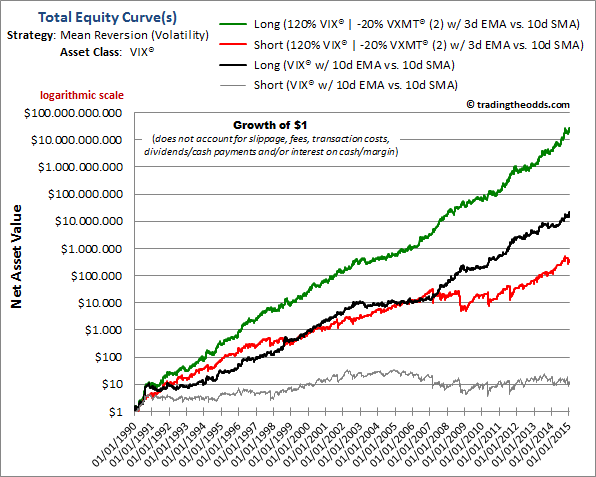A Simple Way I Use The $VIX To Assist Me With Market Timing
Post on: 21 Сентябрь, 2015 No Comment

Whenever the Bears start showing their claws, one of the first things mentioned in trading circles is the $VIX. The $VIX is the Chicago Board Options Exchange Volatility Index, and is a way to measure fear and complacency in the market. The $VIX is one of the most misunderstood and misused index by many traders, and in order to get the most value out of it, I thought I’d show you a simple way that I like to use the $VIX as part of my end of day timing.
First, let me do a quick explanation of what the $VIX is about and how to “quick read” the index. The $VIX is made up of near and next term S&P 500 index options which are then weighed to get a constant 30-day measure of the expected volatility of the S&P 500 index. The $VIX is used to measure volatility, and that in turn can measure market sentiment. High readings on the $VIX are signs of high volatility, and low readings show low volatility levels present.
Volatility is a great way to measure market sentiment. In the equities market, volatility is inversely correlated with price action. High volatility is present when the market is moving to the downside, as fear and uncertainty come in. When the market is moving higher, complacency sets in, and that leads to low volatility readings.
The $VIX is best used as a way to fade market sentiment. Since the majority is usually wrong (otherwise no one would make any money, would they?), when the $VIX tilts one way, it’s often an opportunity to get in for a move in the opposite direction. Of course, it’s not as easy as just looking at certain levels and saying BULL! BEAR! as it actually takes some work identifying when a move has been spent in either direction and is ready to reverse. I can’t remember how many times I’ve read an article where someone gives exact levels of bullishness or bearishness on the $VIX, when it’s just not the case.
Click to enlarge
Uh oh, market timing! Isn’t that evil? Well not if you actually want to make some money.
The first thing I do when I analyze the $VIX is mark off the recent highs and lows. I use these levels as reference points, NEVER as absolutes. Levels relative to previous highs and lows can give you a much better read on short term sentiment, which is where the $VIX shines the brightest.
Now I don’t just use previous support and resistance levels as turn points, but rather, I watch for pushes outside the previous highs or lows as zones to watch for reversals in price. Like indicators, I use the $VIX in this way to confirm what I’m seeing in price, not the other way around. I don’t just look for the $VIX to pierce previous levels as a trading signal in and of itself, but it can help me stack my timing analysis for the next day.
It’s important to understand that volatility can move into different levels for extended periods of time, so gauging a reversal off of the $VIX may only be a short term trade as the water “levels” out. For example, just because the $VIX spikes to a new 40 day high, it doesn’t mean that volatility will just collapse the next day.

Finally, in the equities market, volatility tends to be spikey to the upside, but is more “drifty” to the downside. This is why you will often see a sharp move as volatility increases, but just a lazy, floating like motion when volatility subsides. This is why V reversals in the stock market while rare overall, are much more common on the downside (when volatility increases sharply) than on the upside (when it just keeps grinding).
www.cboe.com
Trade Well,
Michael “tiny” Saul
Return to the home page for more articles on Stock Market Trends














